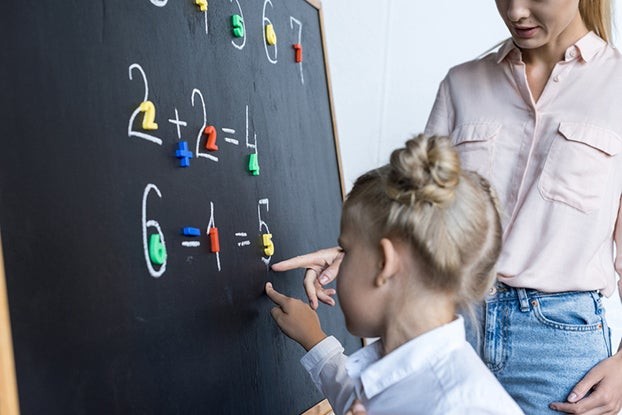Entering first grade marks an exciting milestone in a child’s education, filled with new learning opportunities, especially in math. Building a strong foundation in first-grade math is crucial for future success in more complex mathematical concepts. This article outlines the essential math skills taught in first grade and offers practical tips for parents to support their child’s learning journey.
Key 1st Grade Math Concepts
First-grade math curriculum covers a wide range of topics designed to meet educational standards. Understanding these key concepts will help your child establish a solid math foundation:
Numbers and Counting to 100
First graders learn to count, write, and understand numbers up to 100. This includes:
- Counting forwards and backward by 1s, 2s, 5s, and 10s
- Counting from any given number
- Understanding number sense
Addition and Subtraction within 20
Students learn to add and subtract numbers up to 20, including:
- Adding three single-digit numbers
- Understanding math symbols (+, -, =)
- Solving simple word problems using drawings, objects, or equations
- Using estimation
Two-Dimensional Shapes
First graders expand their knowledge of 2D shapes by:
- Identifying and naming shapes like circles, squares, triangles, and rectangles
- Examining shape attributes (sides, corners)
- Drawing shapes
Sorting and Patterns
Developing logical thinking skills is fostered through:
- Sorting objects by attributes like color, shape, and size
- Recognizing, extending, and creating patterns
Introduction to Fractions
Basic fraction concepts are introduced:
- Understanding fractions as equal parts of a whole (halves, thirds, fourths)
- Representing fractions visually
Place Value
Students begin to understand place value:
- Recognizing ones and tens place in two-digit numbers
- Understanding the value of each digit
Telling Time
Learning to tell time is a key life skill:
- Telling time to the hour and half-hour on analog clocks
- Distinguishing between a.m. and p.m.
Calendar Skills
First graders learn basic calendar concepts:
- Days of the week and months of the year
- Identifying yesterday, today, and tomorrow
Measurement and Comparison
Measurement skills are further developed:
- Measuring length using standard units (inches, feet)
- Comparing object lengths, weights, and volumes
Data and Graphing
Early data analysis skills are introduced:
- Collecting and organizing data
- Representing data using pictures, tally marks, and simple graphs
Supporting 1st Grade Math Learning at Home
Parents can play a vital role in supporting their child’s math learning. Engaging in math-related activities at home can reinforce classroom learning and make math fun.
Fun Math Games
Games like “Addition War,” “Guess My Number,” and “Simon Says: Math Style” make practicing math enjoyable.
Everyday Math Activities
Incorporate math into daily routines:
- Cooking and baking (measuring ingredients)
- Shopping (comparing prices)
- Building with blocks (counting, measuring)
Math-Themed Books
Reading math-themed books together can spark interest and reinforce concepts.
Conclusion
First grade math lays the groundwork for future math success. By understanding the key concepts and incorporating fun, engaging activities at home, parents can help their child develop a strong foundation and a positive attitude towards math. Remember, math is all around us, and making real-world connections can make learning more meaningful and enjoyable.
